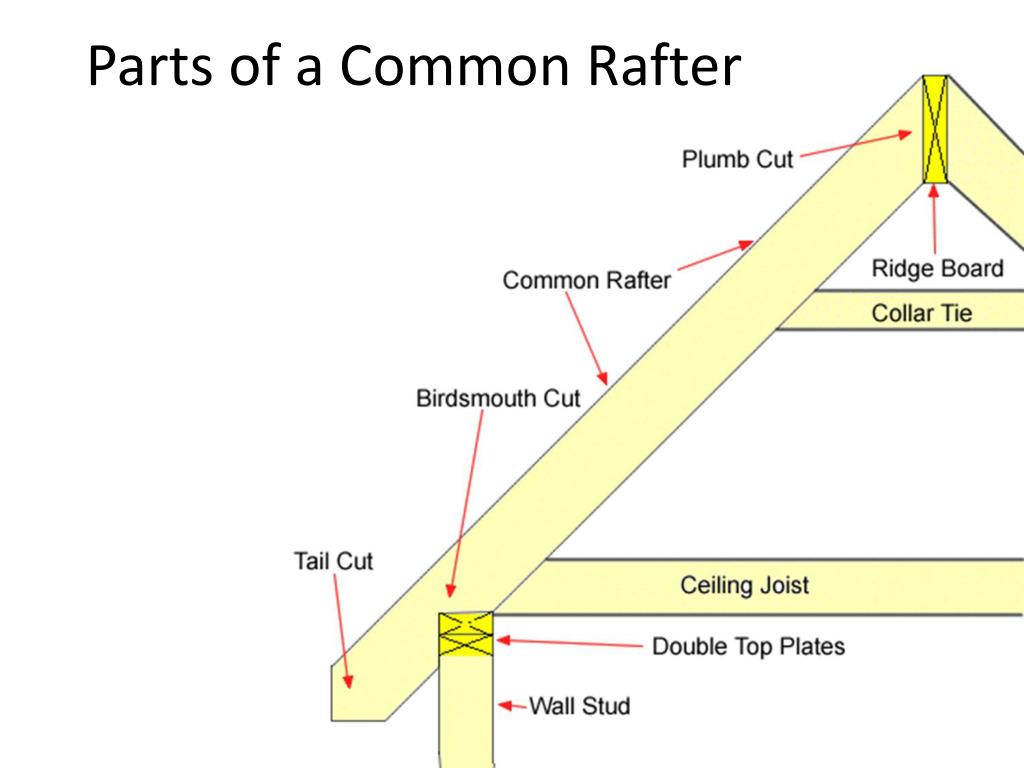

The rafter air channels will need to be able to be installed between rafters and generally need at least 16 inches. Measure the space between rafters in order to get the right size for the rafter vents.
#Rafter meaning how to#
If your home is in need of circulation, we have a step-by-step guide on how to install attic baffles under your roof. The general rule of thumb is one soffit intake and rafter air channel for every 150 square feet under the roof. So, while rafter air channels are not required between every rafter, they are necessary for each air intake piece. But if it isn’t channeled through space, it will sit stale inside until eventually becoming warm and pushed outside again.Īttic venting baffles channel the air from outside, continuing the circulation. This is so that cooler air outside can replace the hotter air in attics. This keeps your home cool and safe from condensation and mold.Įverywhere that there is an air intake piece (soffit), cool air is being brought into your home. Your soffit vents work hard to keep your air circulated. If it doesn’t, and you see condensation building or even mold, it’s time to install attic vents baffles. Rafter air channels ensure a clear path where outside air can move under the roof, keeping the area aired out.Ĭheck if your home has the proper insulation and ventilation. But if the insulation stops air from flowing, you could have a serious problem. If you have soffits but no rafter channels, it’s time to take on this little home improvement project!Īttic vent baffles also prevent clogging in your soffits. So while not every home will have attic soffit vents and baffles, it may be a necessary part of keeping your home safe from mold, condensation, and costly repairs.Īdditionally, if you have intake or attic soffit vents, baffles are required.

To have a properly airy and insulated roof, you’ll want to have attic vents baffles. And with how expensive attic insulation is, you want to keep it safe! Are Attic Baffles Necessary? Using attic insulation baffles will:Īttic insulation baffles will insulate from touching the roof deck, thereby stopping condensation from forming just below your roof, which can lead to damage. There are many benefits to having the right insulation in your attic. The chutes work to channel airflow from attic soffit vents, and baffles move the air through the area’s space.Īttic insulation baffles will also help keep your home protected from condensation, water damage, and mold. Soffits and rafter air channels work hand in hand to keep air circulating on top of your home. They serve as chutes to your home for air to move through. The material is then attached to the top of your attic’s ceiling, below your roof. In short, attic baffles are chutes that provide a way for air to flow from exterior soffit vents up to your attic.Īttic insulation baffles can be made of a variety of materials including:


 0 kommentar(er)
0 kommentar(er)
